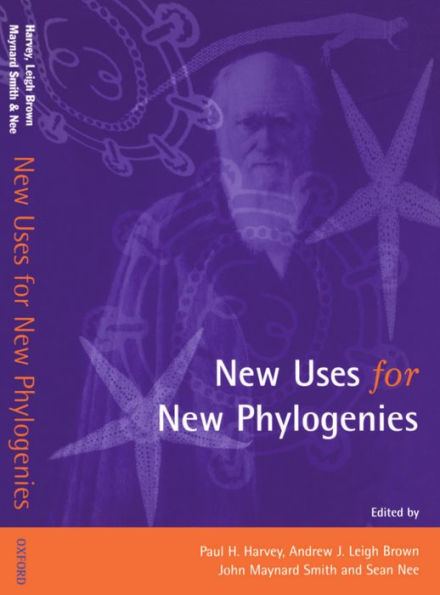5
1
9780198549840


New Uses for New Phylogenies available in Paperback

New Uses for New Phylogenies
- ISBN-10:
- 0198549849
- ISBN-13:
- 9780198549840
- Pub. Date:
- 08/08/1996
- Publisher:
- Oxford University Press
- ISBN-10:
- 0198549849
- ISBN-13:
- 9780198549840
- Pub. Date:
- 08/08/1996
- Publisher:
- Oxford University Press
93.0
In Stock

Product Details
| ISBN-13: | 9780198549840 |
|---|---|
| Publisher: | Oxford University Press |
| Publication date: | 08/08/1996 |
| Edition description: | New Edition |
| Pages: | 360 |
| Product dimensions: | 6.13(w) x 9.25(h) x 0.78(d) |
About the Author
From the B&N Reads Blog
